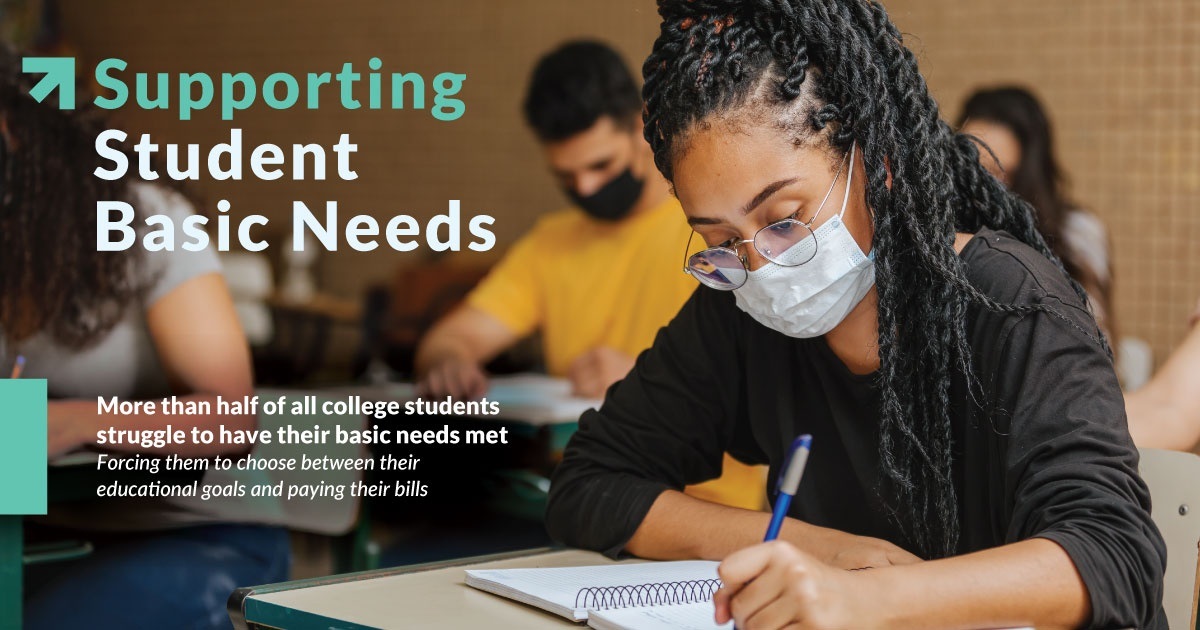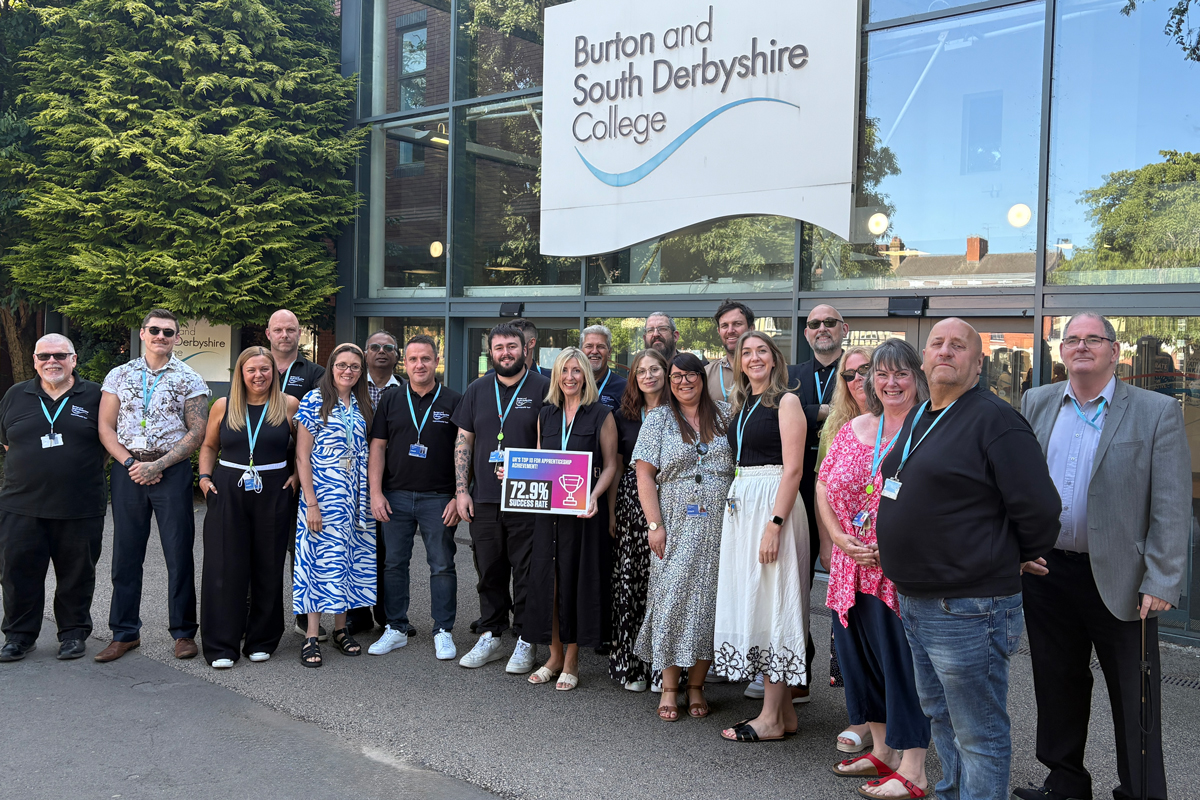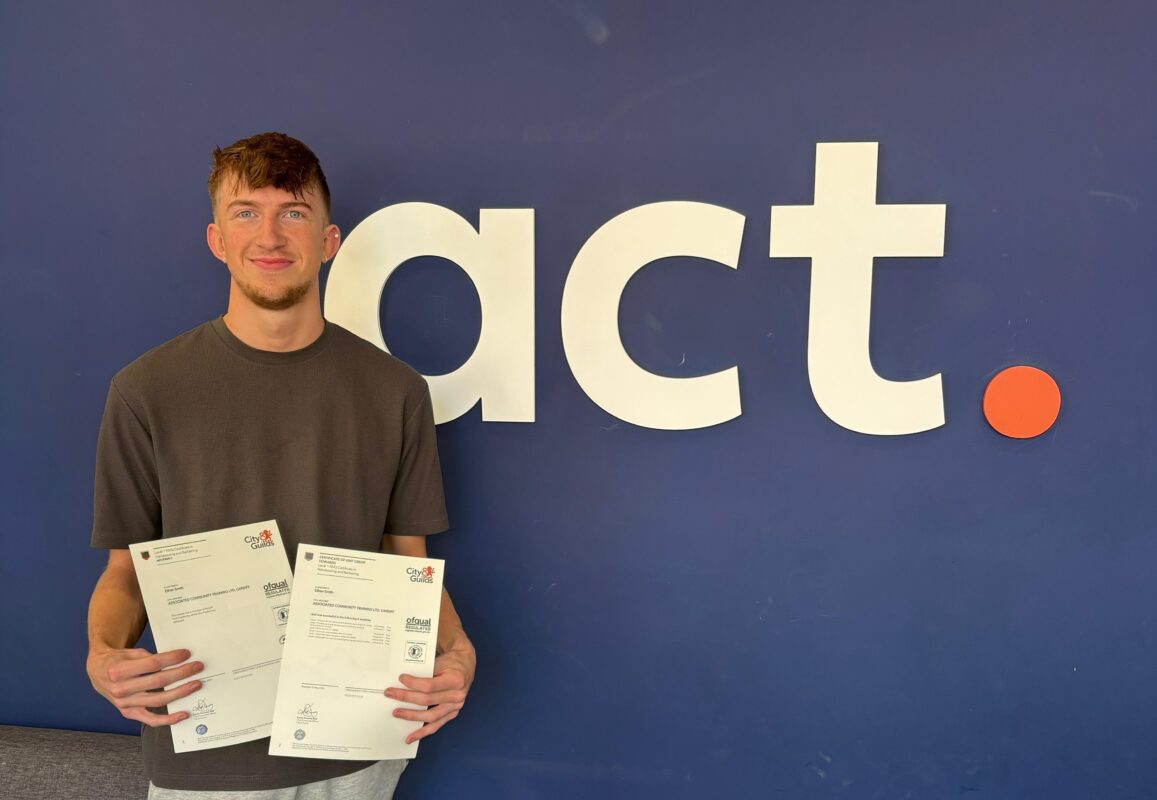Supporting Student Basic Needs

More than half of college students struggle to have their basic needs met. This forces them to choose between two very important responsibilities: Their educational goals and paying their bills. In fact, in 2020, nearly 3 in 5 college students nationally experienced basic need insecurity. With many lacking access to stable sources of food, shelter, and other living essentials, a change must be made.
A Closer Look at Why These Needs Are Not Met
Students of color are more likely to experience basic needs challenges, causing extensive mental and emotional harm to students. This can also significantly impact academic success and retention. Perhaps the most alarming aspect of this crisis, however, is that just 20% of students who pause their education for financial reasons will eventually graduate.
The state of Kentucky is a prime example of how some organizations are helping struggling students to succeed. Pell grants were developed in 1975 to help cover the cost of college for low-income students. These grants are being utilized in Kentucky, as currently 2 in 5 students attending school there have received a Pell grant. Enrollment among students with low income has been declining for nearly a decade in Kentucky, making this a significant equity issue within the state.
Although states like Kentucky are making efforts towards improving the lives of their students, there are still several barriers to accessing support. Studies show that of students who are aware of campus support, 3 in 4 don’t think they are eligible. On top of that, more than 2 in 3 think others are in greater need than themselves, and half don’t even know how to apply for campus support.
Conclusion
Despite these barriers and challenges, the future is hopeful for students everywhere. Of students who have received emergency aid during their time in school, nearly 70% said that the funding increased their chances of graduating. The bottom line is that supporting basic needs of students leads to success. Kentucky remains the prime example of a success story: Within 1 year, over 80% of KCTCS graduates who received benefits either re-enrolled in a similar program, or now earn 200% above the federal poverty line. Hope is out there, and no student should be left to fight alone.

Source: Kentucky Student Success Collaborative











Responses